
Tag: wind-generated waves

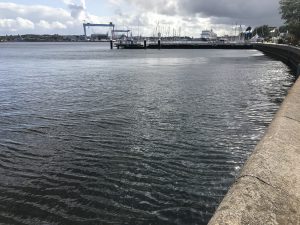
Strong gusts of wind -> lots of energy transferred to the water -> wind waves with large amplitudes
We are still in the “interesting weather” period here in Kiel. Feels more like April than like September, but I am not complaining. I love the rapid change between dark…
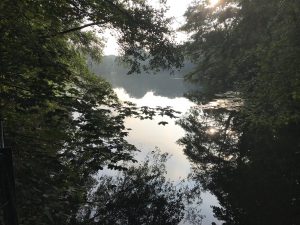
From wind-driven capillary waves to gravity waves on a calm lake
The picture above I thought was too pretty to not put on my blog (because my blog’s main function to me is still my personal brain dump), but the picture…
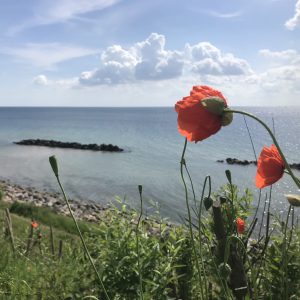
Wave watching in Kleinwaabs — and my first real Insta story!
So today (and tomorrow and the day after) is the big event that I have been working towards all year in my not-so-new-anymore job: The GEO-Tag der Natur! If you…
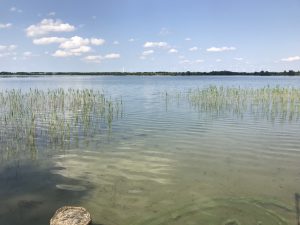
Observing a breeze making waves on Parsteiner See
Yesterday, I happened to be at Parsteiner See for work. At first, the sea was completely calm and the only waves were the ones we made doing our photo shoots,…
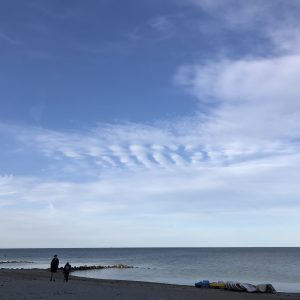
Atmospheric & water wave watching
What I find really fascinating about watching waves in the atmosphere rather than on water is that all the waves that become visible are not surface waves like on water,…
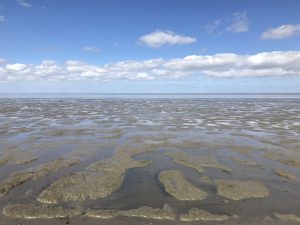
Wind-driven waves in natural flumes for #flumefriday
On a bike tour with my friend Frauke in Greetsiel two or three weeks ago, she pointed out how well one could see that the waves on the puddles left…
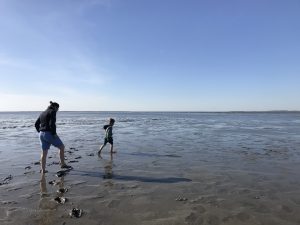
The wonders of a Wadden Sea. Or what someone addicted to #wavewatching thinks they are
As someone living on the German Baltic Sea coast, I don’t spend a lot of time on the North Sea coast (except, actually, my week-long vacation after Easter with my…

Night swimming… or at least night-time wave watching
Looking at Kiel fjord in the picture below, it is quite obvious from the shape of the waves that those waves are some ship’s wake. Why is that obvious? Because…
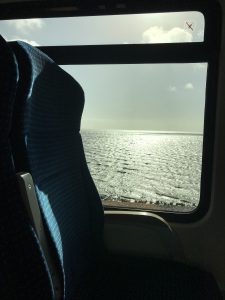
Wave watching from a train
You know how they say that the journey is the destination? That was certainly the case for my spontaneous mini-vacation yesterday (and how awesome is it that my #BestTravelBuddy is…
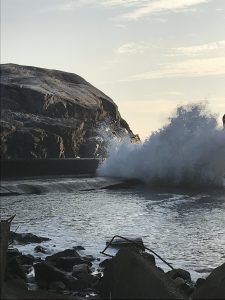
Visiting the ruins of a wave power plant — waves running up a funnel to fill a reservoir
Using wave energy to generate electricity sounds very attractive, after all there are tons of waves and all they do (in addition to looking pretty) is eroding coast lines. But…
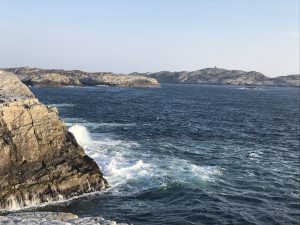
Visiting the ruins of a wave power plant — waves driving a turbine
After posting about how longer fetch leads to higher waves yesterday, here is why I was in that exact spot in the first place: To visit an old wave power…
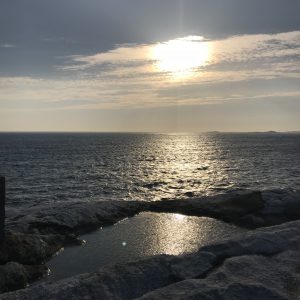
Same wind, different waves, or: the influence of fetch length on the size of waves
I just found this picture that I took back in May near my friend Elin’s cabin on an island in western Norway, and it’s a really nice illustration of how…
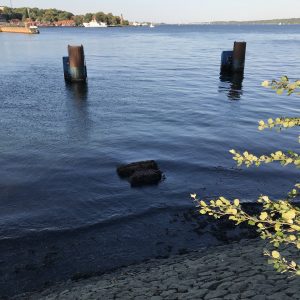
Wave watching: Refraction and diffraction of waves
A little more wave watching, today with a focus on how waves change direction when they run into shallow water. Let’s look at this beautiful wave and see what happens when…

Wave watching: A wake, another wake, and a mystery wave
And we are wave watching again! A ship’s wake and the different zones within Here is the wake of the little ferry that goes across Kiel canal. I love how…

Wave watching at the Kiel Holtenau locks
So many people are surprised when I speak of wave watching as of a “real activity”. But to me it is! So I am going to talk you through a…

When not the fetch but a funnel shapes the wave field
As you know we are currently preparing for future wave riddles. So this afternoon I went out for a wave hunt again and found something beautiful for you! The ship…

What makes and destroys waves
Today I have a couple of photos for you to prepare you for upcoming wave riddles. Since, in those riddles, I usually ask what might have caused the wave on…

Waves radiating from an object
In the last post, I showed you flow separation on a pylon in Elbe river. Remember? Today, we are back at the same pylon, only that this time the tidal…